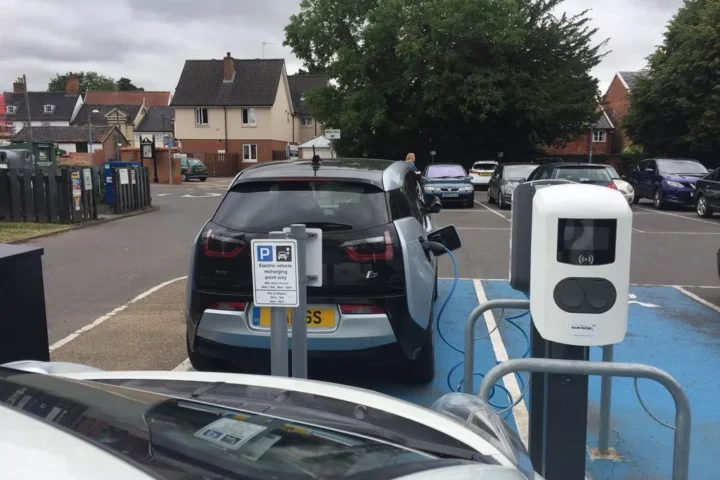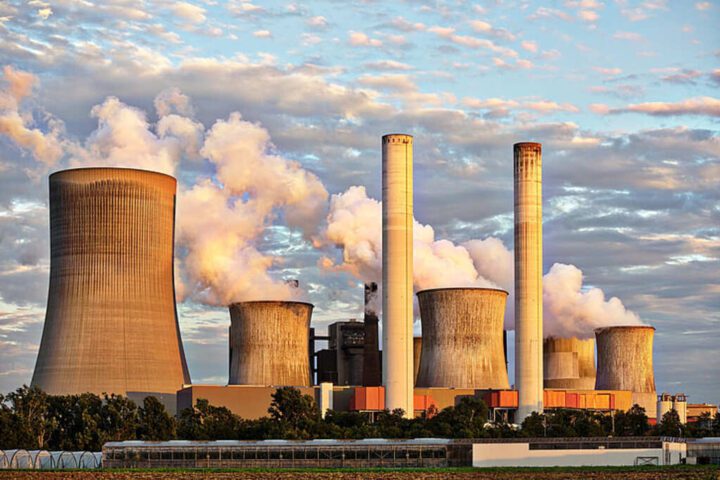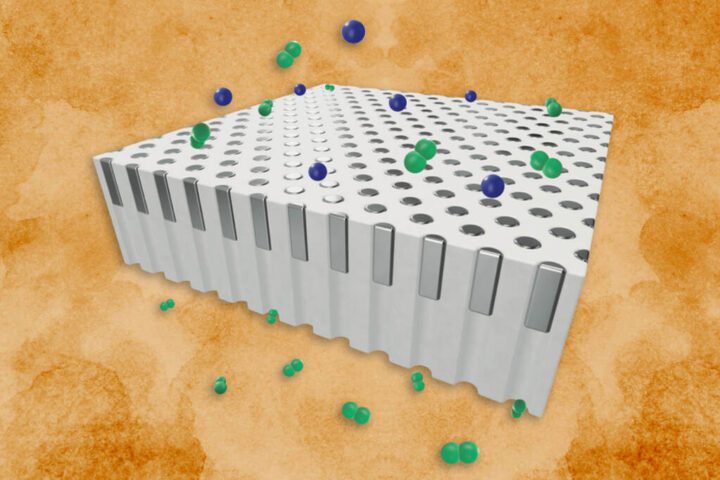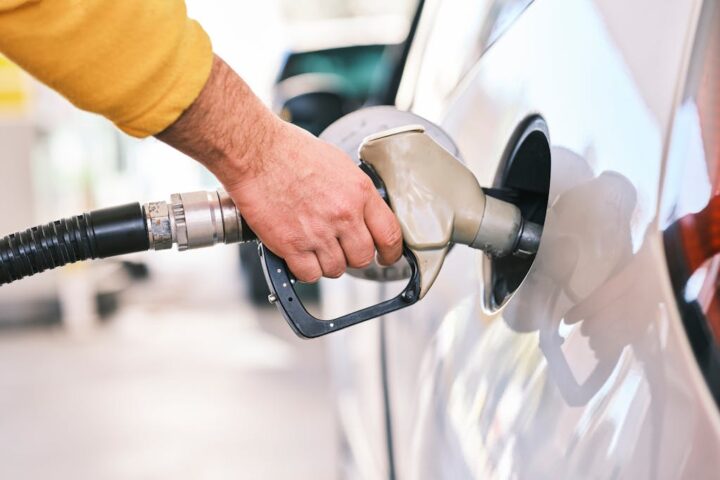There are plans by Stellantis to test eFuels on 28 different engines to reduce carbon emissions from the 28 million internal combustion engines that the company has built in Europe since 2014. A synthetic fuel made from captured atmospheric CO2 & renewable energy is called eFuel. Without waiting for new EV infrastructure or replacing their cars, the goal is to offer existing ICE vehicle owners an affordable & early option to decarbonize their vehicles.
It’s the commitment of Stellantis to sell only battery electric vehicles (BEVs) in Europe by the end of the decade. An up to 90% reduction in CO2 emissions can be provided by the eFuel solution. Leading to a reduction of up to 400 million tons of CO2 in Europe from 2015 to 2050, up to 28 million Stellantis vehicles can potentially use eFuels. The aim of Stellantis is to achieve carbon net zero by 2038, as outlined in their Dare Forward 2030 strategic plan.
Without loss in performance, eFuel is designed to be used by ICE-powered cars. 28 engine families built from 2014 to 2029 for both gasoline & diesel engines are being tested & validated by Stellantis. Among others, the comprehensive validation protocol includes tests on tailpipe emissions, startability, engine power, reliability endurance, oil dilution, fuel tanks, fuel lines, & filters. The potential to reduce up to 400 million tons of CO2 emissions in Europe from 2025 to 2050, lies in the use of eFuel in up to 28 million tons of Stellantis vehicles.
An opportunity to reimagine energy sovereignty by redefining the energy sourcing map based on the availability of wind & solar belts is presented in the form of the production of eFuel. More than €30 billion is being invested by Stellantis through 2025 in electrification & software to deliver BEVs that meet customer demands.
Similar Posts
Complimentary solutions are studied by the company to continue CO2 emission reduction efforts to meet its commitment to offer clean, safe,& affordable mobility solutions for society at large. Slashing CO2 in half by 2030 is a commitment of Stellantis, benchmarking 2021 net emissions, & achieving carbon net zero by 2038 with single-digit percentage compensation of the remaining emissions.
The aim of the Dare Forward 2030 strategic plan is to have 100% of passenger car sales in Europe & 50% of passenger car & light-duty truck sales in the US be BEVs by the end of the decade. Doubling net revenue by 2030 (versus 2021) & sustaining double-digit adjusted operating income margins throughout the decade, are also included in the plan.The company aims to become number one in customer satisfaction for products & services in every market by 2030.
Carlos Tavres, CEO of Stellantis, said the company is doubling down on the fight against global warming by testing carbon-neutral fuel as a complementary solution to its aggressive electrification strategy. The aim of Stellantis is to give customers another tool in the fight against global warming, & one that can have an almost immediate impact.
The need to find smart alternatives to address the CO2 emissions from the 1.3 billion existing ICE cars is recognized by Stellantis. One of the tools available to reduce carbon emissions & fight against climate change is eFuel.
The commitment of Stellantis is to offer a clean, safe, & affordable mobility solution for society at large. An easy & affordable option to decarbonize their vehicles could be offered by eFuels without needing to replace their vehicles, upgrade the engine fuel system, or await a new infrastructure network.
Similar Posts
Latest
- HVAC carbon filter achieves 92.1% efficiency while cutting building energy costs 21.6%
- Fish gill filter catches 99.6% of microplastics washing machines send into sewage systems
- How Credit Applications Affect Your Credit Score
- 57 wind blades turn car park façade in Europe’s first turbine-built facility
- Building a Healthier Narrative



















